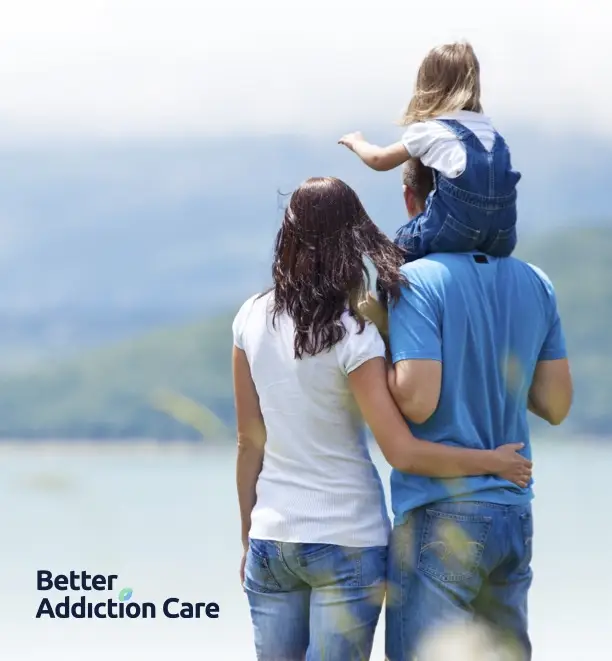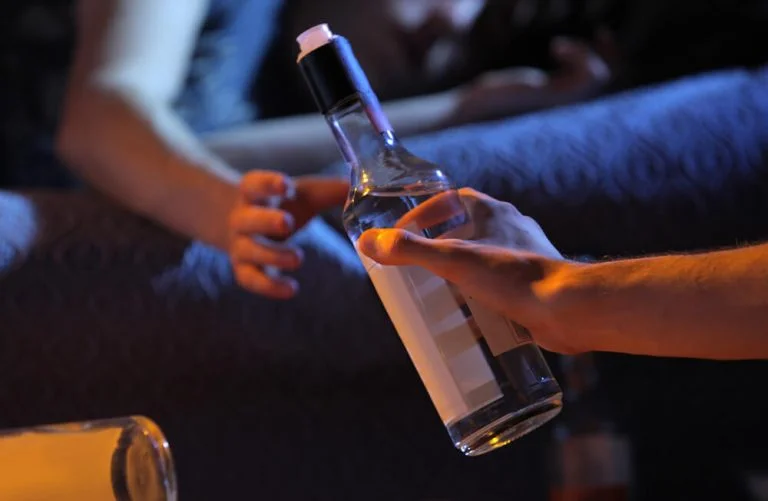Alcohol Recovery Statistics
Alcohol dependence remains a problem in the United States, as well as many other parts of the world. Results from a 2015 report by the National Institute on Alcohol Abuse and Alcoholism (NIAAA) showed that every year roughly 26,000 women and 62,000 men die from alcohol-related problems and incidents in the United States. But what do alcohol recovery statistics say about recovery? Is a full recovery from alcohol use disorder really possible?

Alcohol Recovery Statistics: Exploring The Results of an Extensive Study
What are the physical side effects of alcohol abuse? Click here to learn more.
Alcohol abuse rates remain roughly the same from year to year. In this article, we will explore the NIAAA’s research into alcohol recovery statistics in a the ‘Recovery from DSM-IV Alcohol Dependence: United States 2001-2002’ study in order to better understand the facts behind treatment for alcoholism.
The Study’s Participants
The 2001-2002 alcohol recovery statistics study that we’ll be looking at today was based on the findings of 4,400 participants – aged 18 and up. The study was headed by Deborah Dawson, along with her colleagues who helped her to sift through the data. It was the first study of its kind in 10 years.
Common Traits Shared by The Participants
In order to improve the merit of the study, all the participants in the alcohol recovery statistics had to have similar criteria. For starters, they were all classified as alcoholics according to the DSM-IV. Since then, the DSM has been updated to combine alcohol abuse and alcohol dependence under one term: alcohol use disorder. The criteria remained the same; however, instead of needing to meet one of the criteria for alcohol abuse and three criteria for alcohol dependence, only two criteria need to be met in a 12-month period for a person to have alcohol use disorder – separated by mild, moderate to severe. The more criteria met, the more severe the addiction is.
The criteria are as follows:
- After the effects of alcohol dissipate, the person goes through the various withdrawal symptoms associated with alcohol withdrawal, such as anxiety, heavy sweating, shakiness, restlessness, and depression.
- The user has periods where they end up drinking more or for a longer period than they planned to.
- Increased amounts of alcohol are needed to get the same result, due to tolerance.
- Tried stopping or slowing down more than once but failed.
- After having a blackout or experiencing mental problems such as depression, drinking still continued.
- A substantial amount of time is spent on recovering and drinking.
- The user experiences a craving or urge to drink.
- Situations that are dangerous to drink in such as while swimming or driving doesn’t stop alcohol use.
- In order to drink more, the person has given up things they used to enjoy.
- Drinking frequently causes problems at work or in taking care of their family.
- Drinking doesn’t stop due to problems being caused in the person’s circle of friends or in their family.
The participants shared certain criteria including withdrawal symptoms, a desire to stop drinking and tolerance.
Other traits shared by the participants included:
- 60 percent were college graduates or have been in college.
- Most of the people involved were white men in their middle age.
- Over 50 percent were living with someone or married.
- Each of the people involved in the study had alcohol dependence that started more than a year before partaking in the study.
- The majority had previously used illicit drugs or tobacco.
- 75 percent had a history of alcohol abuse in their family.
- During their heaviest drinking, 33 percent reported having at least 8 standard drinks a day.
- Over 50 percent first started drinking at 18 to 24.
- Most of the participants had some kind of anxiety or mood disorder.
- Roughly 33 percent had a personality disorder of some kind.
What Percentage of Addicts Stay Clean?
So, what percentage of addicts stay clean? According to the data collected in the study, 35.9% of the more than 4,400 alcohol use disorder sufferers made a full recovery. A full recovery in this sense is when the person either completely stops using alcohol or reduces their drinking to safe levels, referred to as a “low-risk drinker.” The breakdown of how many stopped drinking entirely and how many become low-risk drinkers are 18 percent and 17.7 percent respectively. The low-risk drinkers didn’t have any signs of alcohol use disorder nor did they drink enough to cause them to have a relapse.
Low-risk drinking is defined by the American Psychological Association as:
- In men: Limiting drinking to no more than 14 standard drinks in a week, and 5 in a single day.
- In women: Limiting drinking to no more than 7 drinks in a week, and 4 in a single day.
Roughly 25 percent of the study participants remained heavy drinkers and were still considered alcoholics. Around 33 percent were considered to be in “partial remissions”, which means that they still exhibited some of the common signs of alcohol use disorder.
Those unaccounted for were close to a full relapse.
Alcohol Recovery Statistics for Those Who Received Formal Treatment (Rehab)
Out of the 4,400 participants, only roughly 25 percent claimed that they have received formal treatment for alcohol use disorder at a rehab center. So, what percentage of addicts stay clean after getting treatment? While it’s difficult to say exactly what percentage of addicts stay clean for good after rehab, based on the study, an astounding 49 percent of those who completely abstained from drinking had been a part of an alcohol addiction treatment program. This statistic shows the effectiveness of receiving treatment.
Based on these results, the alcohol treatment relapse rates, which is estimated to be similar to other chronic diseases such as diabetes, is lower than in those who didn’t have any treatment. Comparatively, alcohol treatment relapse rates for people who completely stopped drinking was around half, whereas the entire study reported around a third recovered. This means that if you received alcohol addiction treatment, you are more likely to completely abstain from drinking.
Another interesting fact about the study is that only a sixth of the low-risk drinkers that recovered from their alcohol use disorder had treatment. Furthermore, those who remained high-risk drinkers were the least likely to have had treatment.
With the overall success of treatment for alcohol use disorder, it’s clear that if you are serious about gaining control over your life again, or getting help for a loved one, then finding a rehab near you is your best bet. Get in touch with Better Addiction Care today at (800) 429-7690 to find treatment.





